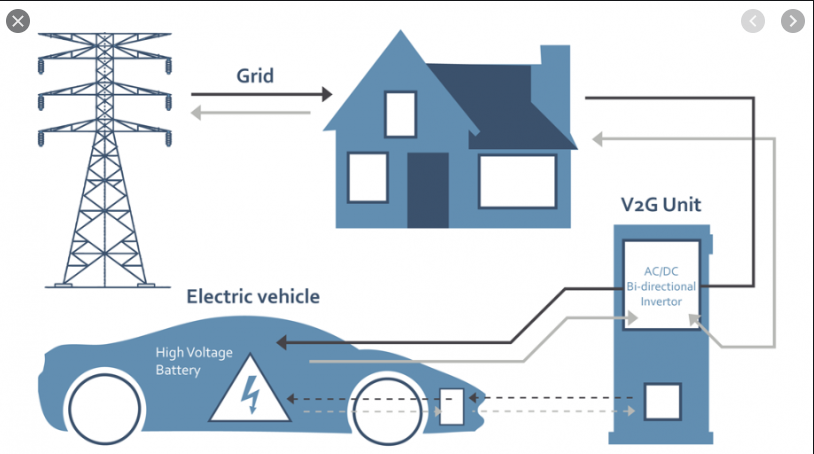Cheaper Energy Storage?

The costs of this aggregated battery would also be much easier to bear as individual vehicle owners would purchase the cars and batteries, instead of government and private investors having to spend millions on big projects. The cost of electric vehicle batteries has fallen some 87% over the last ten years to an average of US$156/kWh (£123/kWh), and is on a trajectory to reach around US$100/kWh by 2023. Large grid-scale stationary battery system costs are at least double this amount. This is because civil engineering works, cabling, enclosures, power electronics and even air conditioning systems for regulating battery temperature are all required for large stationary battery systems.
The central problem here is that V2G doesn’t exist. Which would you rather have: 100 real dollars, or 500 imaginary ones?
When and if it comes along, it’s going to carry plenty of its own costs, including the huge incentives that will be required to encourage drivers to take the risk that their EV will be a 2000-pound door stop when they get in the car to go some place important.
